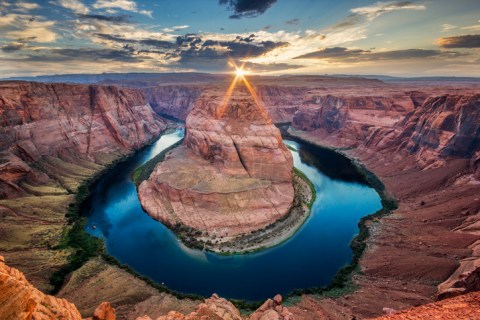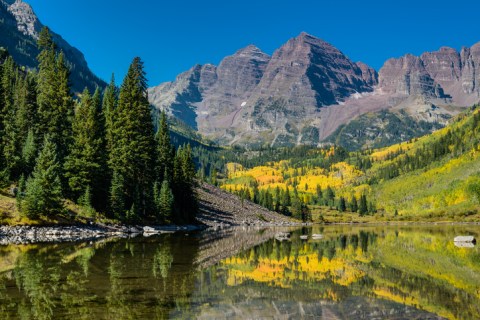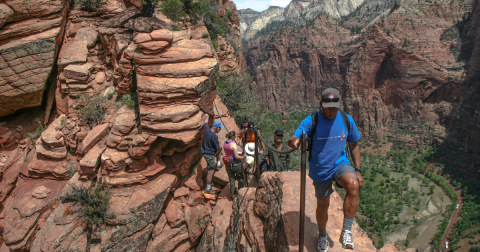Bryce Canyon National Park: Hike Through Hundreds Of Hoodoos In Utah
If you didn’t know any better, driving through Southern Utah might leave you feeling as if you’d left the planet. The rugged terrain and unique rock formations are, at times, outright otherworldly. Bryce Canyon National Park showcases the stunning geology of this part of the country, and it’s a natural wonder well worth exploring.
Bryce Canyon is a sea of red rocks, pink cliffs, and endless vistas. It’s a hiker’s paradise, a fantastic place to camp, and boasts incredible views and top-notch stargazing. It’s really no wonder that an estimated 2.7 million people visit each year, visitors looking to tackle some of the best hiking trails in the U.S. — plus some of the best road trips in the USA!
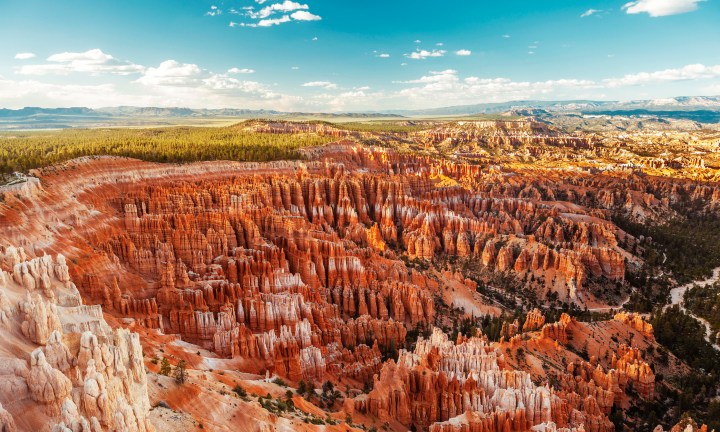

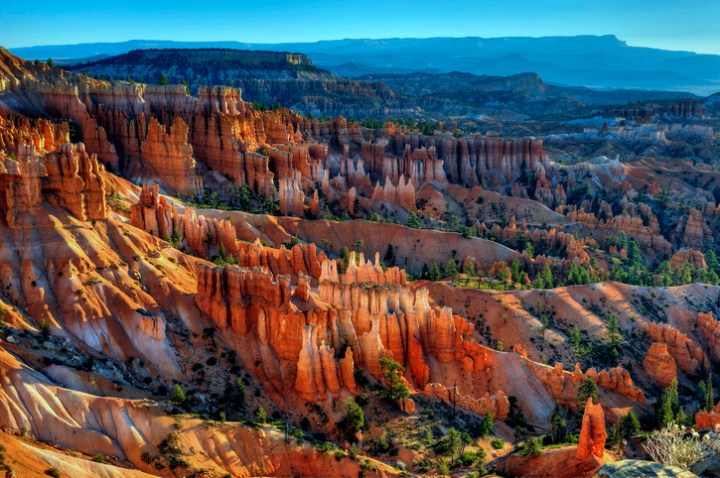
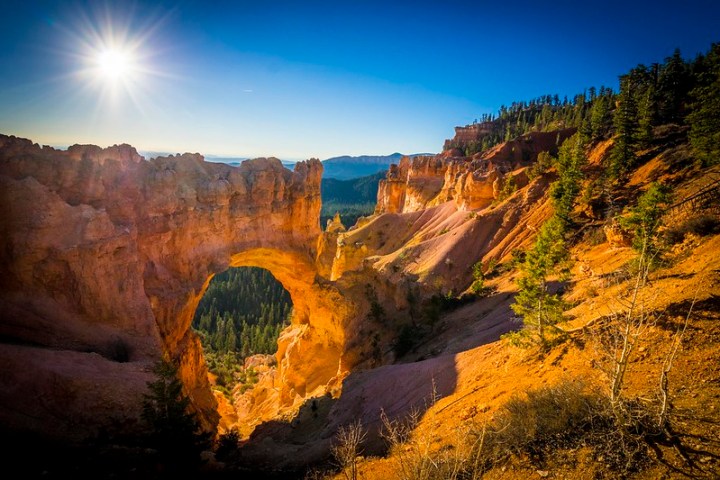
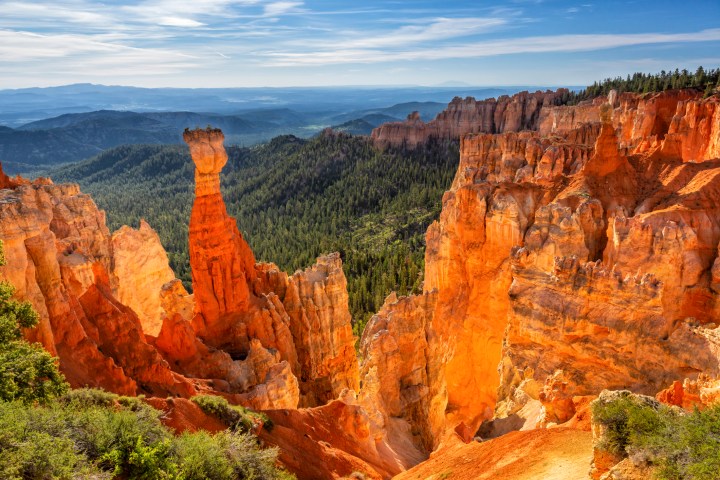

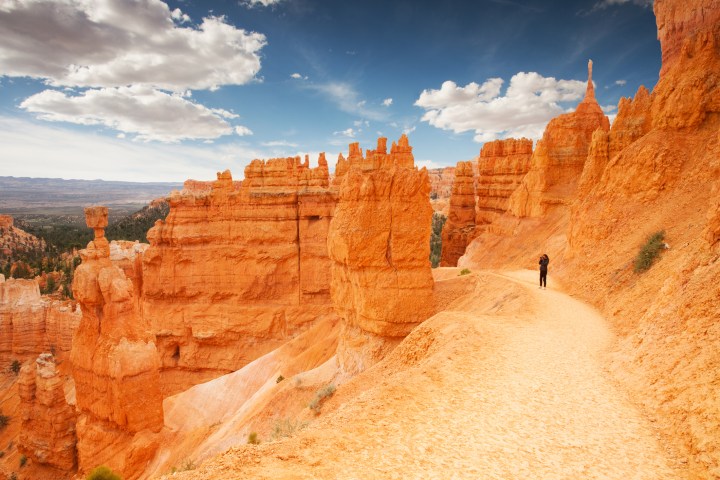


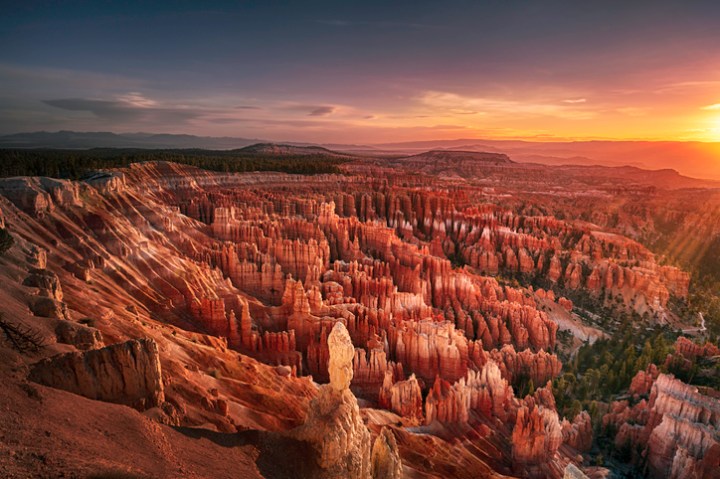


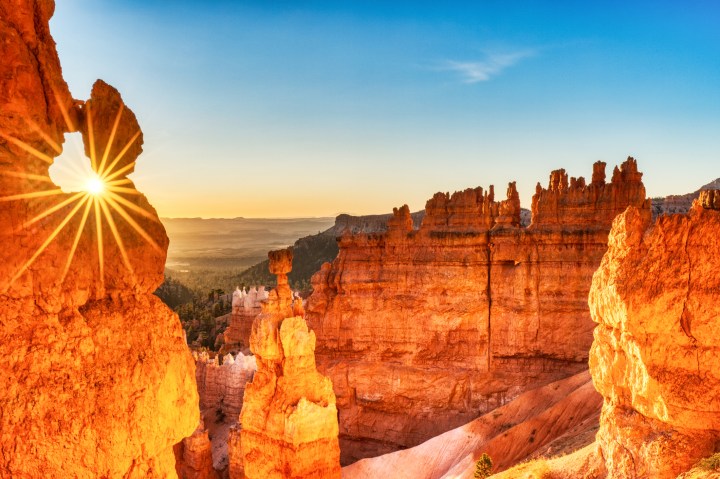
Hikers, backpackers, and all nature lovers will be smitten by Bryce Canyon National Park. For more information on planning your visit, check out the NPS-Bryce Canyon website.
General Information:
Accessibility: Parts of the park, such as the Visitor Center and select campgrounds, are wheelchair accessible. For the complete breakdown of the park’s accessibility, see this page.
Pet-Friendly: Pets are permitted at campgrounds, in parking lots, on paved roads, in paved viewpoint areas, on the paved trail between Sunset Point and Sunrise Point, and on the paved Shared Use Path between the park entrance and Inspiration Point. They are not permitted on unpaved trails or viewpoints, in public buildings, or on public transportation vehicles. Dogs must be kept on a leash at all times.
Parking: There are vehicle parking lots near the Visitor Center, the Shuttle Station Parking Lot in Bryce Canyon City, and park campsites. Bryce Canyon also has a park shuttle (at no additional charge) to minimize vehicle congestion. Additional shuttle information can be found here.
Seasonal Access: The park is open 24 hours a day throughout the year, though there may be temporary closures due to excessive snow or other weather-related conditions. The visitor Center and Fee Booths are closed on Thanksgiving and Christmas Day.
Cost: A pass must be purchased before entering the park. Entrance fees are $35 for a private vehicle, $30 for a motorcycle, $20 for a pedestrian, and $40 for an annual pass. All entrance fees other than annual passes are good for 7 consecutive days.
Free Park Days: On select days throughout the year, the National Park Service offers free national park days. These can be wonderful times to visit the next park on your bucket list. Keep in mind, however, that national parks are likely to be especially crowded on those days. Free park days typically include the Birthday of Martin Luther King, Jr., the first day of National Park Week, the Anniversary of the Great American Outdoors Act, National Public Lands Day, and Veterans Day.
Restrooms: There are accessible restroom stalls available at the visitor center, the General Store, Bryce Canyon Lodge, and near Fairview Point and Sunset Point.
Showers: If you are camping or traveling and need to shower, there are showers ($2), and a coin-operated laundry facility located at the General Store at Bryce Canyon National Park.
Curious to take a look at Bryce Canyon National Park? Check out the incredible footage below, and you’ll get a hint of what makes this park so special:
Feeling inspired to fill your Bucket List? Check out our previous features of Hoh Rain Forest in Washington, Maroon Bells in Colorado, and Hawai’i Volcanoes National Park in Hawai’i, then subscribe to our weekly Bucket List newsletter to discover new destinations across the country that definitely deserve a visit.
OnlyInYourState may earn compensation through affiliate links in this article. As an Amazon Associate, we earn from qualifying purchases.
More to Explore
bryce canyon national parks
What's the best time of year to visit Bryce Canyon National Park?
Summer is the most popular time to visit Bryce Canyon National Park, but the other seasons offer their own benefits. For example, if you visit Bryce Canyon National Park during the fall or winter, you'll have the chance to see snowfall and will enjoy fewer crowds than during the warmer months.
What national parks are located in Utah?
Utah is home to some of the country's most epic national parks. These parks include:
- Arches National Park
- Bryce Canyon National Park
- Canyonlands National Park
- Capitol Reef National Park
- Zion National Park
What are the best state parks in Utah?
Utah may be famous for its national parks, but it's also true that Utah's state parks are magnificent. Some of the best state parks in Utah include:
- Antelope Island State Park
- Bear Lake State Park
- Coral Pink Sand Dunes State Park
- Dead Horse Point State Park
- Goblin Valley State Park
- Green River State Park
- Gunlock State Park
- Huntington State Park
- Kodachrome Basin State Park
- Quail Creek State Park
All of these Utah state parks belong on your outdoor bucket list!


